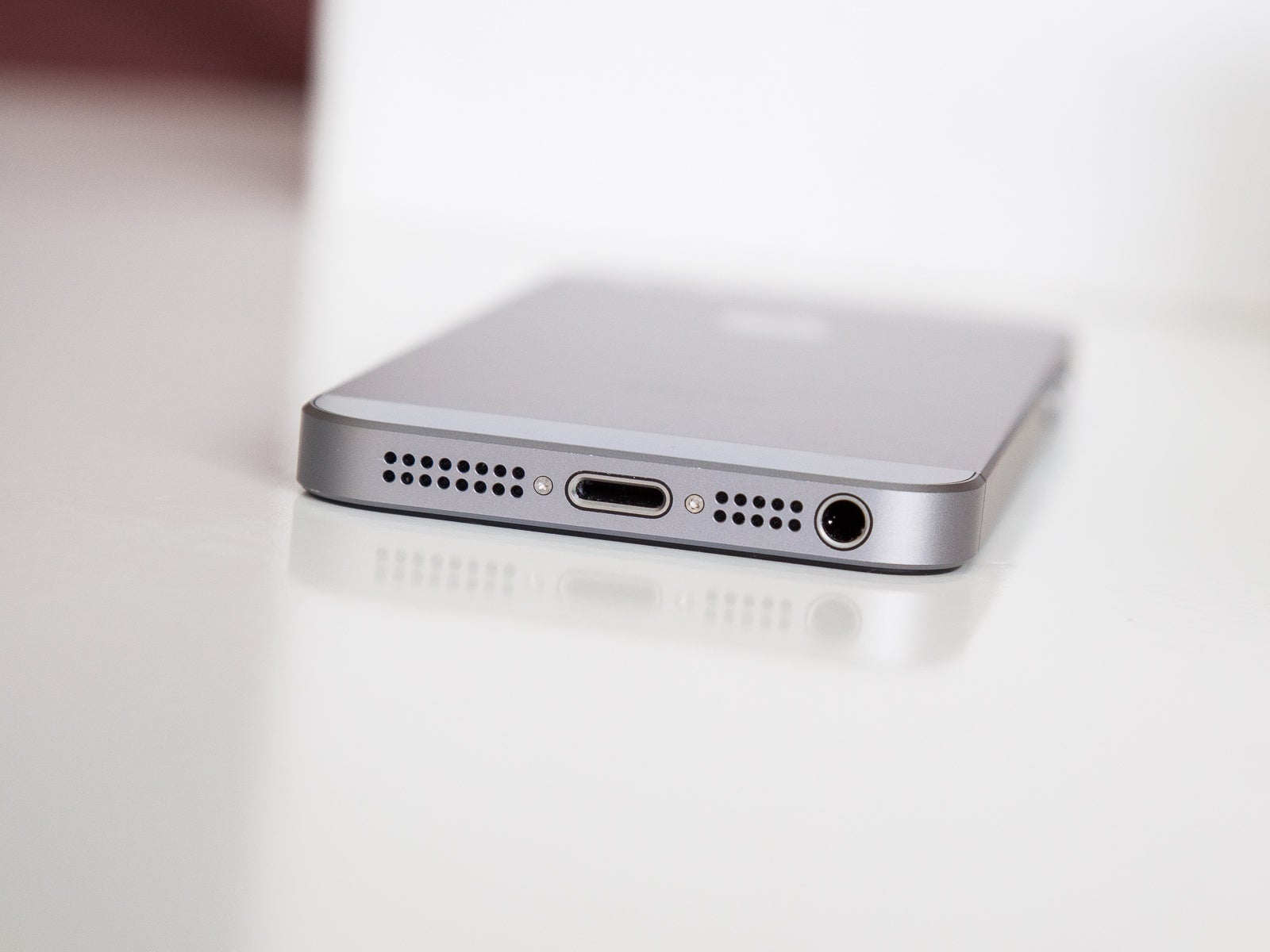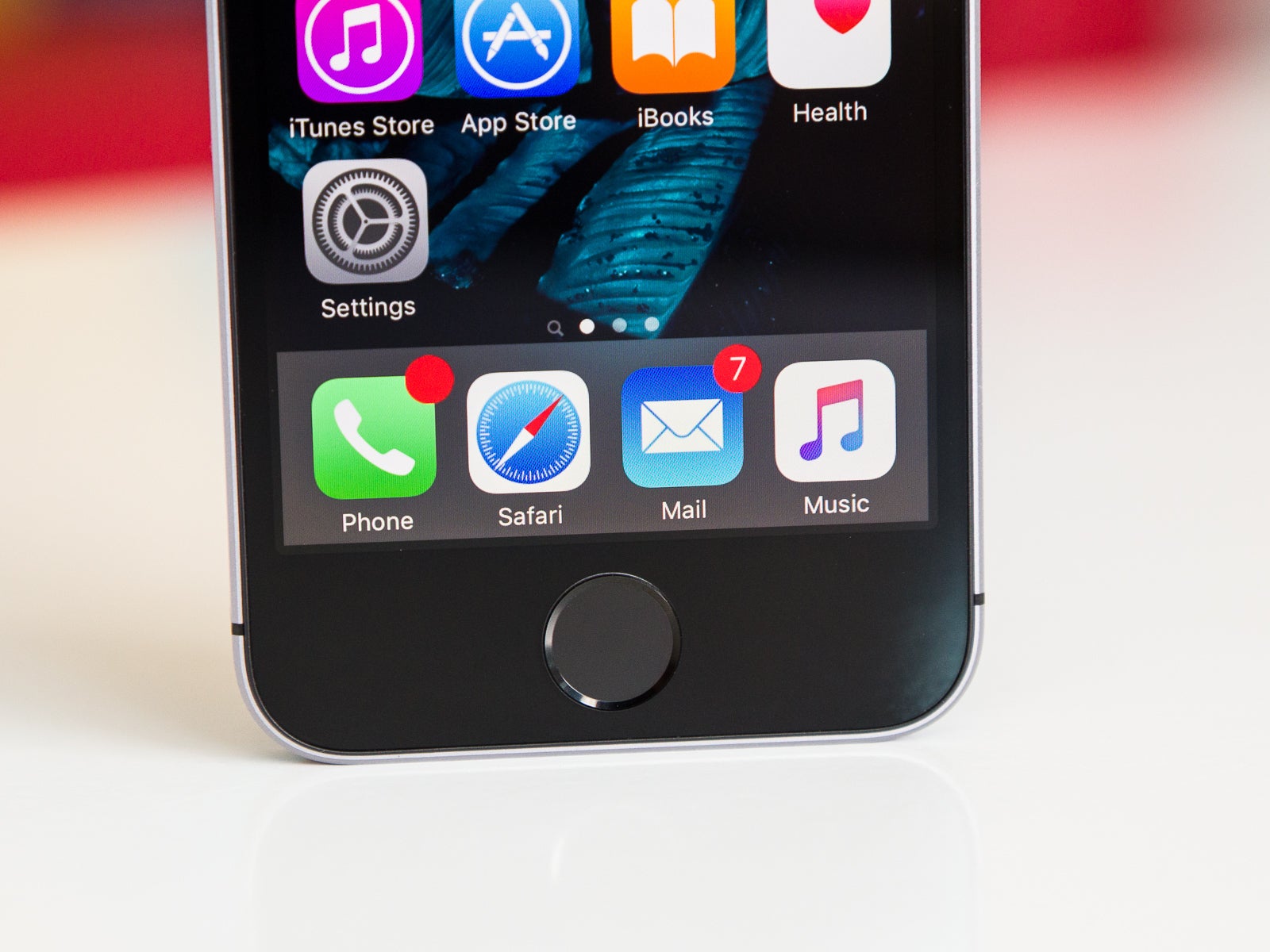It removed the headphone jack, now something else; A brief history of Apple “forcing” progress on us
“No more”, says Apple, which was first to notoriously drop the headphone jack we’ve been using for hundreds of years… Sure, it’s old tech; we might as well move on to wireless, right?
As usual, Apple was mocked for this, especially by big competitor Samsung, which then copied Apple by doing the exact same thing.
Apple seems to think it knows what’s best for us, and to be fair, its controversial moves often really do push us towards a more convenient future. And that’s not a new thing for the Cupertino company. It was one of the first to remove the floppy disk on computers, then the CD tray. Then the 3.5mm headphone jack on phones.
And now…? What’s next, you may wonder? Well…
No more SIM card for you, it’s time to go digital, apparently
Yes, if you’re living in the US and are planning to upgrade to a new iPhone 14, you’ll be interested to know that the brand spankin’ new iPhones no longer have a SIM card tray.
Your physical SIM card, that holds your phone number and in many cases your contacts won’t do you any good, anymore. So what are you supposed to do? Get an eSIM, which is basically a digital SIM card.
Every major carrier in the US offers an eSIM service, so if you’ve ever read about it and thought “Why would I do that, when I have a perfectly good “real” SIM card right here?” – well, that’s why – so you can get phone calls on your new iPhone 14.
So why is Apple doing this “move towards the future” only in the US? Well, it’s US-only just for now, and the reason would be that not every country is ready for eSIM, and has carriers that support it. Even if it does have a few, this tech is not as prevalent as in the US. And even in the US, it’s not quite adopted very widely yet by the people.
But it’s going to. That’s the point of Apple’s feature removals after all – to kind of force us to get with the times.
Apple’s history of removing stuff and forcing us to get with the times

The headphone jack is arguably the most famous example
As mentioned earlier, as far back as 1998 Apple was known for removing things it deemed outdated. That’s the year the iconic Apple iMac was released, without a floppy disk drive, which at the time was super popular. The iMac only had the newer tech for data transfer – a CD drive.Now, as someone who used floppy drivers well into the early 2000s, I can’t say I was ready for that personally, but ultimately we did away with both floppy disks and even CDs, did we not? What modern laptop even has a CD drive? So as usual, Apple had the right idea, it predicted the future, and likely even helped turn it into the present.
Speaking of the present, let’s talk recent years, and focus on iPhones. Apple was one of the first brands to stop making plastic phones, moving onto premium materials as early as 2010. Its last plastic smartphone was the 2013 iPhone 5C, which had bold colors to choose from, so it was still pretty attractive.
But nothing beats premium materials. I doubt anyone misses plastic phones, which, by the way, many Android phone makers still push out to this day. Even premium flagships like the Samsung Galaxy Note 20 are made out of plastic.
Nowadays that seems pretty unusual for a $1000 flagship phone, no? Perhaps thanks to the big fruit-logo company, most of us expect premium materials when we pay a lot for a smartphone, at the very least.
Apple was also likely the one who began the trend of removing home buttons on phones in favor of gesture navigations. Remember when your iPhone had a physical home button? Good times. Or, remember when your Android phone had physical navigation buttons?… Good times…?

Physical home buttons used to be a thing
Again, this is the kind of thing I presume a lot of people were on board with, as the gestures we have today on iPhones and Android phones are pretty cool, and much faster to use, even if they can be a bit confusing for older folk at first. And on Android, you can switch back to the familiar navigation keys if you want, they’d just be digital now.
With the iPhone X in 2017, another notable thing Apple decided to remove was the fingerprint sensor, and that one has not returned on any flagship iPhone yet, nor will it, I presume. But as usual, Apple had an alternative that it deemed better – and that’s face identification, or Face ID, as it’s called.
Before I started regularly switching between Android and iPhone, I figured I’d prefer having a fingerprint sensor on my phone, but I have to admit, Face ID is super convenient. And that’s in large part because it works so well, so quickly; to the point where you don’t even need to remember that your phone needs to be unlocked.
On occasion Apple will force you to enter your PIN just to make sure you don’t forget it, but most of the time – Face ID is indeed fantastic, very seamless and out of the way. I dare say Apple was right to make this switch, plus it makes the iPhone pretty unique in its own right.
Heck, recently Apple even managed to turn its Face ID sensor cutout into a feature, and a selling point!
Perhaps most notoriously, Apple dropped the headphone jack back in 2016, with the iPhone 7. Back then, pretty much nobody I knew had wireless headphones, and I doubt the world in general was ready for this.
But hey, as it sometimes happens – Apple had a solution to sell you – the AirPods – true wireless earbuds. Those came swinging, took over the world, and now quite a lot of people do have either AirPods or some other brand of wireless earbuds in their pocket.
Was this actually a move towards “better” technology? Well, that’s a very subjective question. Wireless earbuds and headphones are more convenient, sure, but they also require charging, and Bluetooth audio just isn’t quite on par with wired audio in terms of quality. But, that’s fine for most people; if we’ve learned anything so far – it’s that convenience and simplicity matters the most, not only for Apple, but apparently for the masses. So, fair enough.
But now, there we go – a new trend is looming, that we can be sure other smartphone makers will follow Apple soon also – by removing the SIM card tray from their flagship phones…
How do you feel about this? Is it a good push forward, which someone had to do?
If you wish to learn more about Apple’s complete move to eSIM, and what it means for you, check out:
iPhone 14 transitions to eSIM: all your questions answered
Or do you believe companies should strive to give users options, not push them towards innovations they may not be ready for yet, or see any value in?
For all the latest Technology News Click Here
For the latest news and updates, follow us on Google News.
